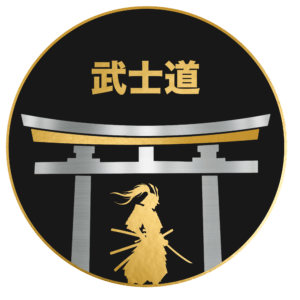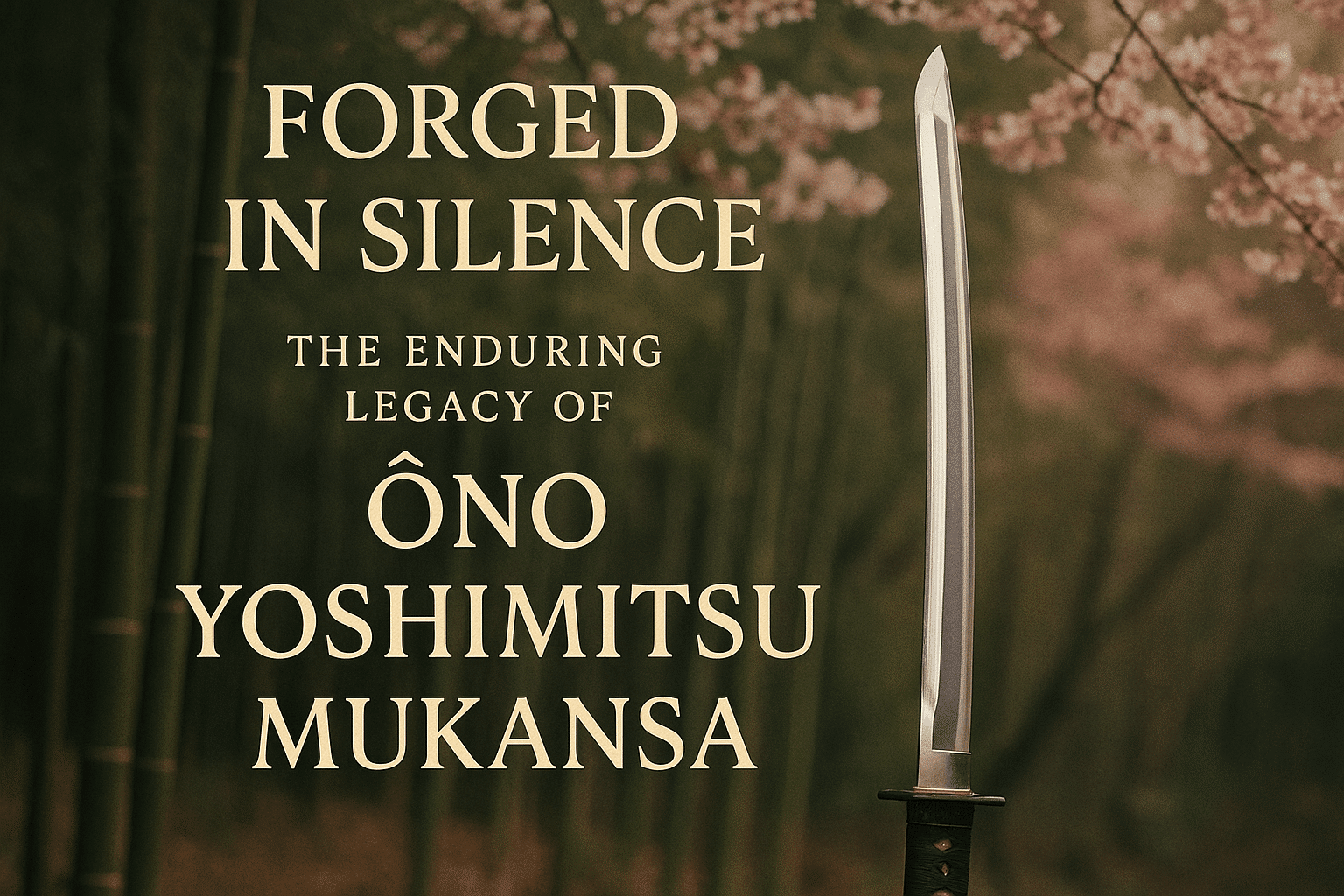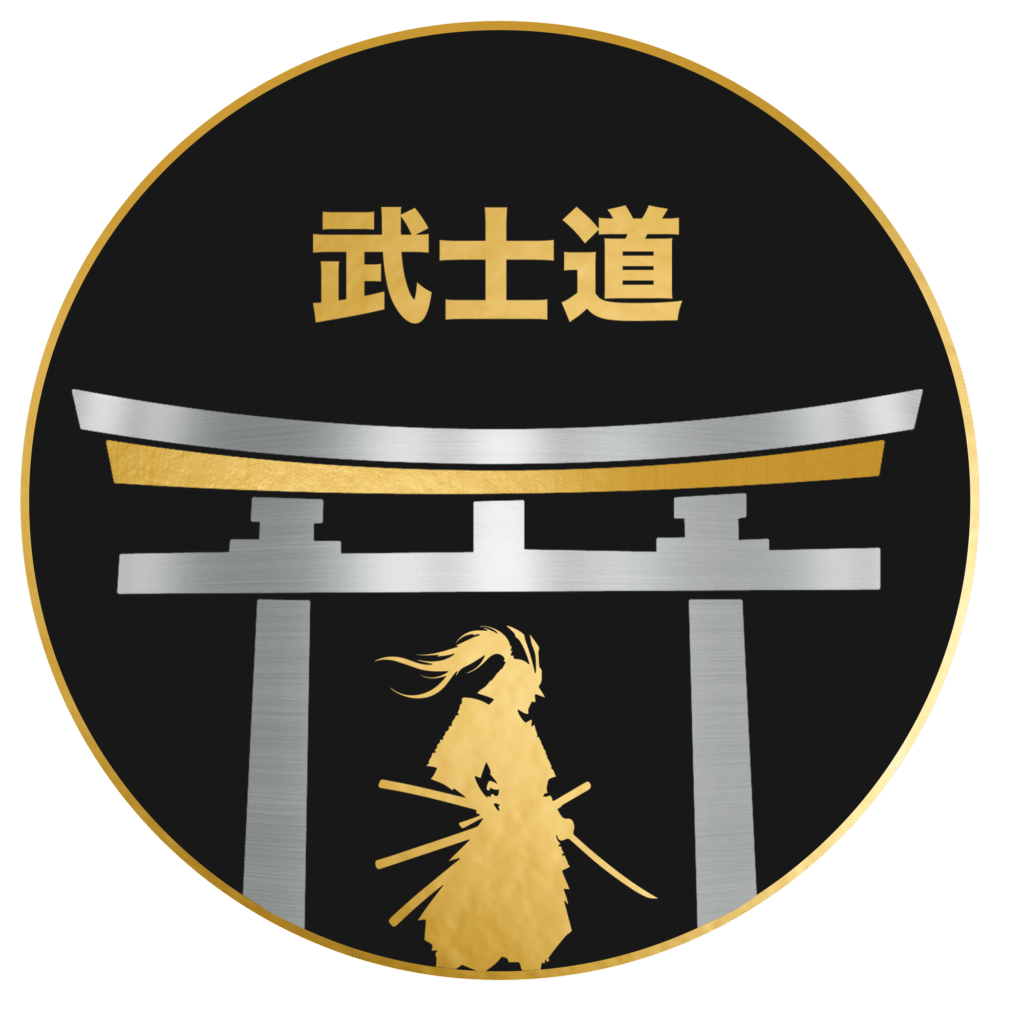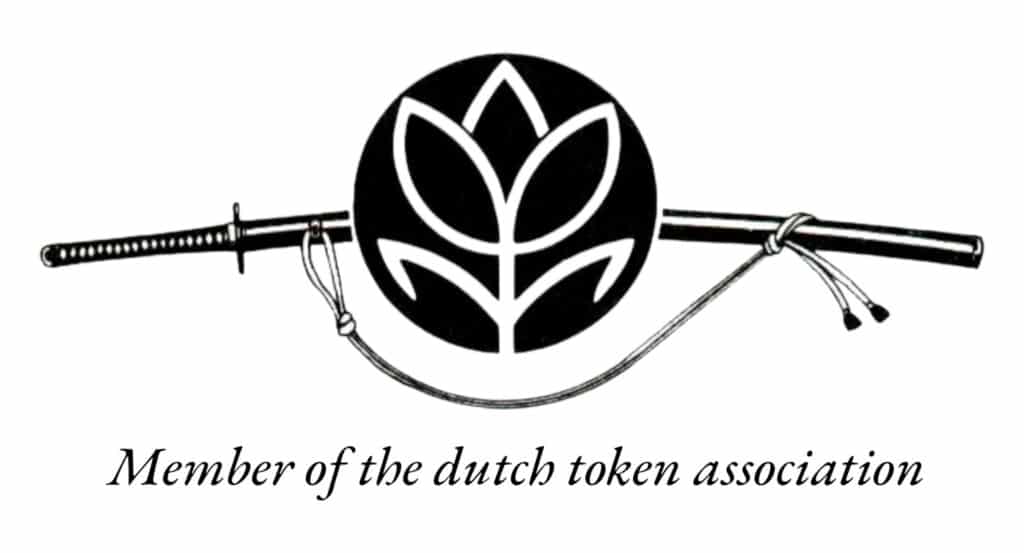Introduction: A Quiet Master
In the quiet corners of Japan’s traditional arts thrives a master whose blades speak louder than words—Ōno Yoshimitsu Mukansa. Revered among sword connoisseurs and craftsmen alike, Ōno holds the prestigious title of “Mukansa,” meaning “beyond judgment,” a distinction awarded only to those whose work is considered beyond the need for competition. His creations reflect an unmatched harmony of form, function, and spiritual depth, embodying centuries of Japanese warrior ethos and aesthetic refinement.
As the modern world moves swiftly forward, the legacy of individuals like Ōno becomes ever more vital—not merely as a nod to cultural heritage, but as a beacon for those seeking dedication, mastery, and the pure spirit of craftsmanship. This exploration delves into the life and work of Ōno Yoshimitsu Mukansa, examining how his blades and philosophy continue to inspire new generations of sword enthusiasts, preserving a timeless art in an era of rapid change.
The Path of Mukansa: Beyond Recognition
In the realm of Japanese swordsmithing, the title of Mukansa stands as a pinnacle honor. Literally translated as “without judgment,” Mukansa is reserved for artisans so revered that their work is no longer subject to competition at national exhibitions. Only a select few ever reach this echelon—a status not merely granted, but earned through decades of unparalleled skill, devotion, and artistry. Ōno Yoshimitsu is one of those rare few.
Ōno’s path to Mukansa was neither swift nor easy. It demanded an unwavering commitment to tradition, relentless refinement of technique, and a profound understanding of metallurgy and form. He spent years apprenticing under master swordsmiths, absorbing centuries-old knowledge while forging a style distinctly his own. His blades, known for their exquisite temper lines and impeccable balance, garnered admiration from experts, collectors, and fellow artisans.
The Japanese government’s acknowledgment of Ōno’s excellence came after repeated top placements in the prestigious NBTHK (Society for the Preservation of Japanese Art Swords) competitions. But beyond the accolades, it was his unwavering pursuit of perfection and fidelity to the spirit of the katana that ultimately merited the Mukansa distinction.
Today, the legacy of Ōno Yoshimitsu is etched not only in the steel of his masterful swords but in the generations he has inspired—proof that true recognition lies not in awards, but in the enduring impact of one’s craft.
Craftsmanship and Character
Ōno Yoshimitsu’s legacy extends far beyond the polished surface of a completed blade—it is rooted in a lifetime of craftsmanship shaped by inner character. Recognized with the prestigious Mukansa title, a designation reserved for artisans whose work is beyond contest in competition, Ōno’s mastery was the result of unwavering focus, precision, and a devotion to tradition. But what truly set him apart wasn’t just the technical perfection of his blades—it was the spirit that animated them.
Each sword forged by Ōno bore the quiet strength of humility. He approached his craft not for fame or commercial gain, but as a lifelong pursuit of excellence and self-discipline. In the controlled fire of his forge, he refined not just steel, but also his own resolve—tempering ego and sharpening purpose. His daily rituals and pursuit of kaizen, the philosophy of continuous improvement, underscored a mindset deeply rooted in respect: for his teachers, the traditions of swordsmithing, and the warriors who once carried the swords he sought to emulate.
That rare harmony of technical skill and moral foundation made his work resonate across generations. His blades are not only impressive feats of metallurgy but enduring symbols of inner strength, patience, and purposeful living. In every hamon line dancing along the edge of his work, enthusiasts see not just craftsmanship—but character.
A Life at the Forge
In the quiet morning hours, before the sun fully breaks over the mountains of Sakai, Ōno Yoshimitsu begins his day at the forge. The space is humble—darkened walls charred with years of hammer blows and fire, the smell of burnt ash and steel lingering like memory. It is here, in this sacred workshop, that Ōno’s lifelong ritual unfolds.
Ōno’s tools are an extension of his own hands. Hammers worn to the grip, tongs blackened and smoothed by decades of use, and the unwavering presence of his charcoal-fired furnace—each element bearing the patina of thousands of swords shaped under his disciplined eye. His materials are traditional and meticulously sourced: tamahagane, the revered Japanese steel, delivered in rough blooms that he skillfully folds and refines through a process that demands both physical resolve and spiritual focus.
His routine is deliberate, almost ceremonial. With precise movements, he heats the steel until it sings, then draws it out, folds, and welds it upon itself, purifying both metal and mind. The rhythmic clang of hammer on anvil is more than sound—it’s a meditation, a dialogue between craftsman and material. Between forging sessions, he pauses only to assess his work’s integrity, sharpen his chisels, or reflect in silence. Each action is tethered to centuries of tradition, and each completed blade is a culmination of respect, discipline, and artistry.
Though Ōno holds the esteemed mukansa title—signaling mastery beyond judgment—he continues to work with the humility of an apprentice. To witness his day at the forge is to glimpse a living legacy in motion, where devotion to craft becomes a form of spiritual endurance, and each sword carries the quiet force of a lifetime dedicated to perfection.
Teaching Without Teaching
Ōno Yoshimitsu Mukansa never set out to be a teacher. Yet, those privileged to train or work alongside him often speak of how much they learned—without ever being instructed. His quiet presence in the dojo or the forge communicated volumes: the way he maintained his tools with unwavering precision, the rhythm and care in each hammer strike, the patience in every hand-polished blade. These weren’t mere habits; they were values physically expressed through repetition, discipline, and humility.
Ōno’s influence came not from lectures or formalized lessons, but from embodiment. By consistently showing up with purpose, by holding himself to an invisible yet unshakable standard, he demonstrated the essence of craftsmanship. Watching him work was a masterclass in commitment—generations of smiths and sword enthusiasts found themselves reflecting on his example, adopting his meticulous standards, and, more importantly, internalizing the mindset behind them.
In a tradition where lineage and instruction are often passed down through deliberate teaching, Ōno’s legacy reminds us that the strongest lessons often come from those who simply live their principles—steadfastly and without fanfare.
Carrying the Blade Forward
From the quiet forge to the spirited dojo, the legacy of Ōno Yoshimitsu Mukansa continues to shape lives far beyond his lifetime. Across Japan and around the globe, individuals from varying walks of life find themselves drawn to the profound artistry, discipline, and spirit he embodied.
Kenji Tanaka, a contemporary swordsmith based in Seki City, credits Ōno’s meticulous attention to form and function as a guiding light in his own work. “It’s not just about crafting a beautiful blade,” Tanaka explains. “Ōno-san taught us that the blade should hold the spirit of its maker. There’s a dialogue in every layer of steel.”
In Kyoto, martial artist Aiko Fujimura brings Ōno’s philosophy into her kendō classes. She integrates reflections on his blades and craftsmanship into training sessions, using his work as inspiration for her students. “His swords weren’t merely weapons—they were extensions of a greater intention. That’s what I try to pass on.”
Even outside of Japan, his influence thrives. Liam Daniels, an academic and collector in the UK, encountered his first Ōno katana while researching postwar nihontō. “It was immediately different—balanced, quietly commanding. You could sense the decades of dedication in it,” he says. His collection now includes pieces from several mukansa-level smiths, all of whom he sees as spiritual descendants of Ōno’s approach.
Online communities, too, echo his teachings. Forums and social media groups dedicated to nihontō culture often mention his name with reverence, discussing the hallmarks of his style and the values he upheld—precision, humility, and reverence for tradition.
These voices, spanning continents and disciplines, speak to a legacy that isn’t just remembered—it’s practiced. Ōno Yoshimitsu’s influence endures not as an echo of the past but as a living force, shaping the hands, hearts, and minds of those who carry the blade forward.
Enduring Spirit: Lessons Beyond Steel
Ōno Yoshimitsu Mukansa’s legacy is forged not only in the heat and rhythm of swordsmithing but in the unflinching dedication he brought to his craft. His life offers a profound lesson in discipline, humility, and the relentless pursuit of mastery—qualities that transcend the boundaries of steel and resonate across any field of endeavor.
To watch Ōno at work was to witness a dialogue between tradition and intention, where each hammer strike was a meditation on perfection. That same spirit of precision and patience is one that writers, artists, engineers, and creators of every kind can embrace. His story reminds us that true excellence is not sudden—it’s cultivated over time through quiet perseverance and an unbreakable respect for the process.
Ōno did more than shape some of the finest blades of his time; he carved a path for others to follow. Whether you’re a sword enthusiast, a craftsperson, or someone simply seeking purpose in their work, his enduring example encourages us to sharpen our resolve, refine our practice, and honor traditions with a forward-looking heart.
Even as the flames of his forge have cooled, the spirit of his craftsmanship continues to ignite passion and purpose. In that way, the legacy of Ōno Yoshimitsu Mukansa lives on—not just in swords, but in the hands and hearts of all dedicated makers.





